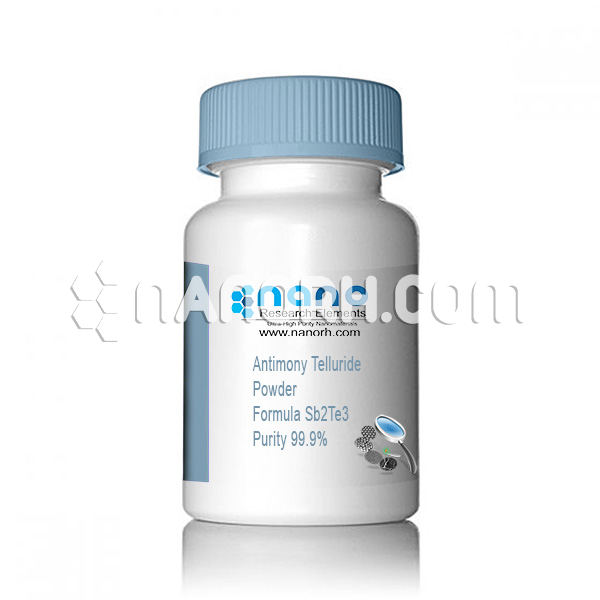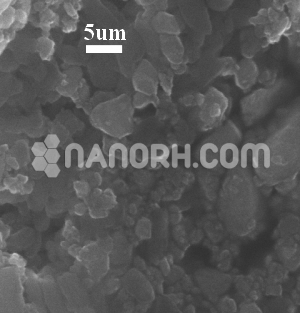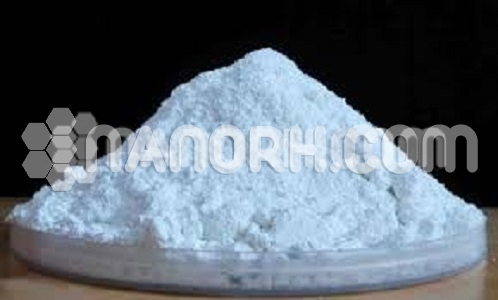| Antimony Telluride Powder | |
| Product No | NRE-11015 |
| CAS No. | 1327-50-0 |
| Formula | Sb2Te3 |
| APS | <40 um (Can be Customized) |
| Purity | 99.9% |
| Color | NA |
| Molecular Weight | 626.32 g/mol |
| Density | 6.5 g/mL |
| Melting Point | 620 °C |
| Boiling Point | NA |
Antimony Telluride Powder
Antimony telluride (Sb2Te3) is a binary compound primarily used in the field of thermoelectricity due to its exceptional properties as a thermoelectric material. It is a narrow bandgap semiconductor that exhibits excellent thermoelectric properties at room temperature, making it suitable for various applications. Some notable applications of antimony telluride powder include:
Thermoelectric Cooling Devices: Antimony telluride is commonly used in thermoelectric cooling devices, such as thermoelectric coolers (TECs) or Peltier coolers. These devices leverage the thermoelectric effect to create a temperature difference, allowing for precise cooling or heating in various electronic and optoelectronic systems.
Waste Heat Recovery: The unique thermoelectric properties of antimony telluride make it suitable for waste heat recovery applications. It can be used to convert waste heat from industrial processes, automotive engines, or power plants into usable electricity, thereby improving overall energy efficiency.
Portable Power Generation: Antimony telluride can be utilized in portable power generation devices, including thermoelectric generators (TEGs). These devices can convert heat differentials, such as those from body heat, to generate electricity, thus providing a potential power source for small electronic devices and sensors.
Thermal Management in Electronics: Due to its ability to efficiently convert heat into electricity, antimony telluride can be employed in electronic devices for thermal management purposes. It helps regulate the temperature of electronic components, preventing overheating and ensuring the stable operation of electronic systems.
Aerospace Applications: Antimony telluride’s thermoelectric properties make it suitable for aerospace applications, such as thermal control systems in satellites and spacecraft. It can help manage temperature differentials in extreme environments, ensuring the proper functioning of sensitive electronic equipment.



